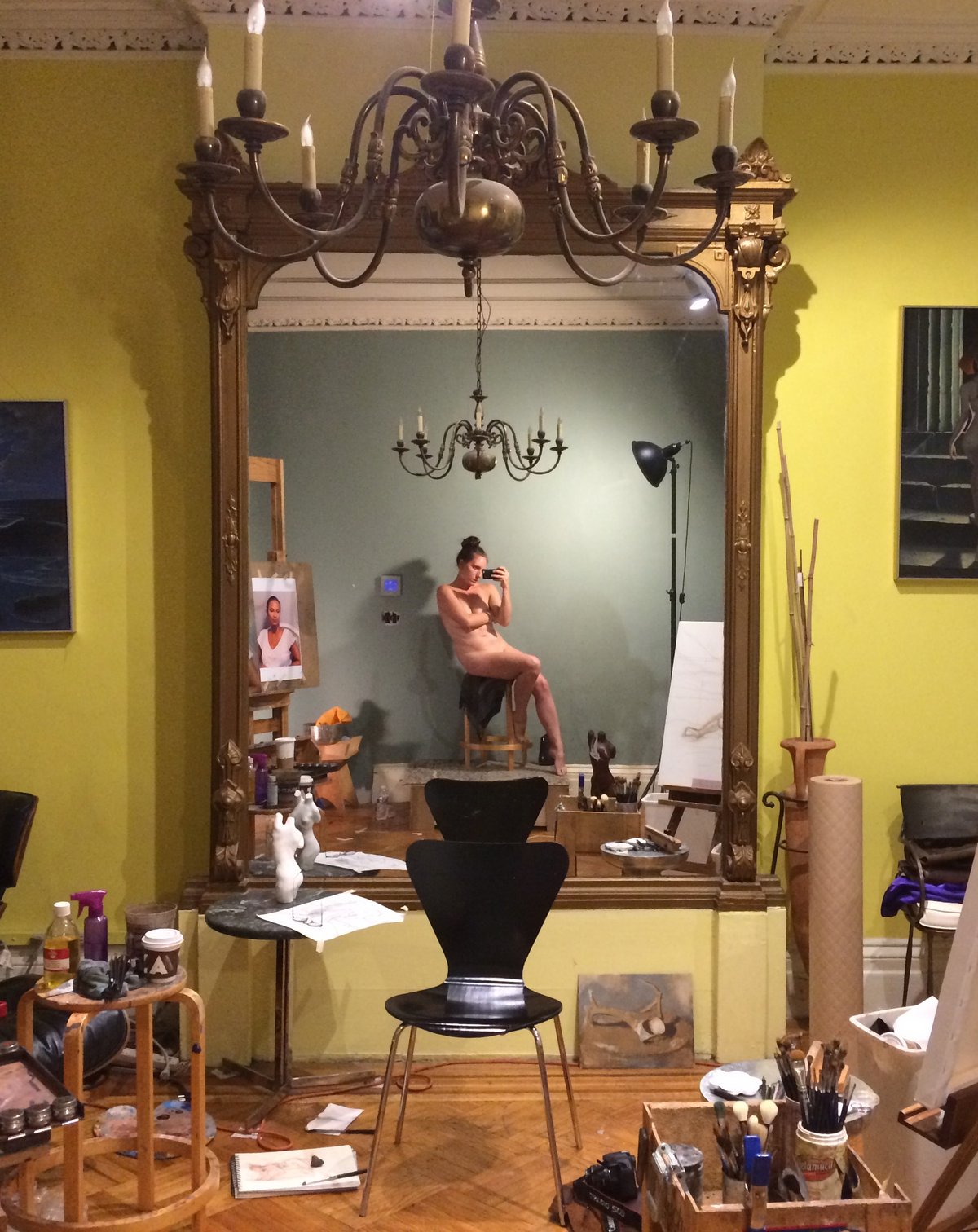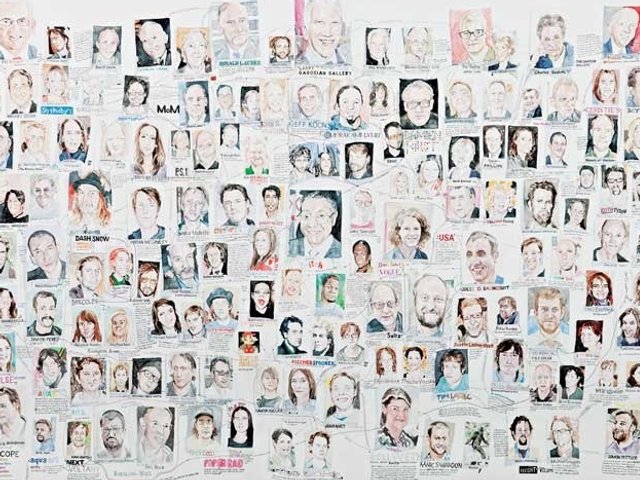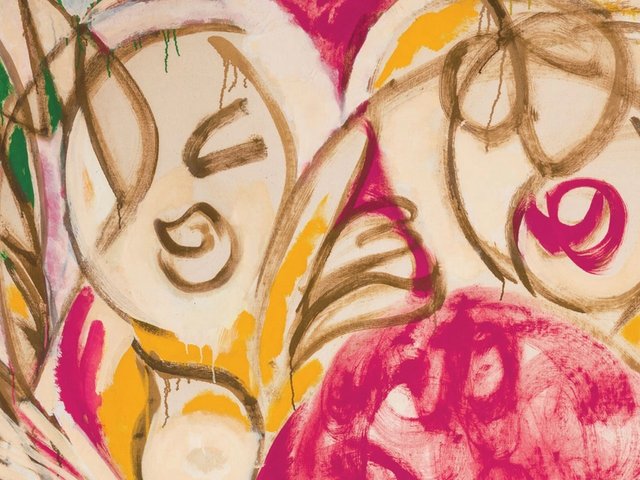Weeks before his death, Jackson Pollock told writer Selden Rodman: “Painting is self-discovery. Every good artist paints what he is.”
The only formal art education Pollock received was from the Art Students League of New York. He studied under Regionalist painter Thomas Hart Benton, whose instruction included the tradition of drawing from a model. It was in those same New York studios, 80 years later, that I life modelled for the very first time.
While the model was an ever-present entity during my own art education, modelling was never proffered as more than a side income. Recently graduated and in need of such, I signed up to model for a drawing class, but what I left with was far more than pocket money. My experience showed me the true purpose of the model, something that I could only understand from the other side of the easel.
Modelling made me a better artist because I understand the true dynamic and purpose between the artist and the model.
The nude in the atelier is so ingrained as to sometimes be thought antiquated but the purpose of the nude model is not simply about tradition, rather it is that which we all hold in common: the body. A good artist is not simply drawing from the model for anatomy, they are interpreting this human being before them in order to bring out truths. The art critic John Berger describes it in his seminal book Ways Of Seeing (1972): “In this revelation lies the warm and friendly—as opposed to cold and impersonal—anonymity of nakedness… at the moment of nakedness first perceived, an element of banality enters…” Berger is saying that in this literally stripped-down state, what we ultimately behold is something we already know. In other words, the model’s body is our body, and vice versa.
Modelling gave me the realisation that each artist is collaborating with their model to get at the essence of humanity via the human form—or as Pollock said, to paint “what he is”. A model shows the artist what is impossible to see in the mirror.
To achieve this reflection of humanity, artists must also work with diverse models. Figure On Diversity promotes the hiring of individuals beyond the predominantly white, thin, able-bodied and cis-gendered models you often find, and encourages the practice of modelling.
“My past experience as a figure model has helped me to become a better educator, artist and figure drawing instructor,” says Angela DeCarlis, the founder of Figure on Diversity. “The energetic nature of that exchange is sometimes one overlooked or taken for granted by artists.”
The collaborative quality of the artist/model relationship ought to be understood from both sides of the easel. Artists who have never modelled may misperceive the model as furniture, forgetting entirely the purpose of drawing from a living thing. Modelling made me a better artist because I understand the true dynamic and purpose between the artist and the model.
Artists have much to gain from modeling—being that vessel of humanity that has persisted through art history. Whether representational or abstract—as in the case of Pollock—the purpose of art is to communicate and the purpose of the model is to provide the emotional conduit artists learn from. What better way to achieve the self-discovery Pollock describes, than to model?
Emma Shapiro is an American visual artist and body equality activist based in Valencia, Spain




